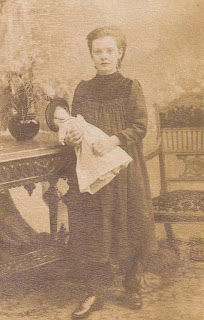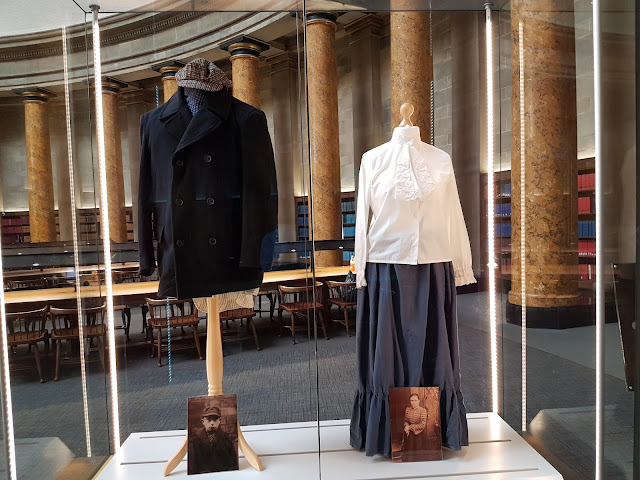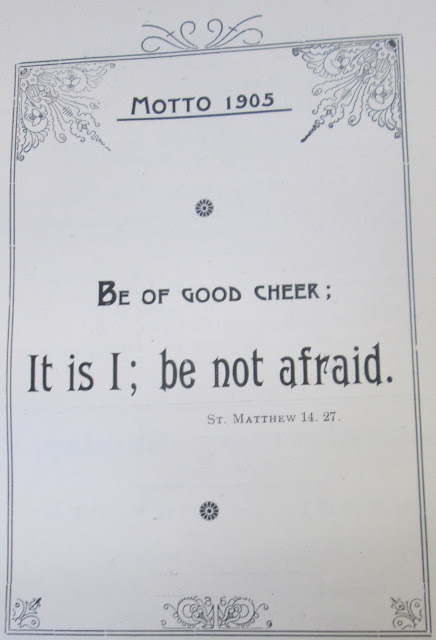The Maddock Family- Part 2

The following blog post has been written by Katie Royle, a student at Manchester Metropolitan University currently studying for a Master's in Public History and Heritage. As part of her course Katie is using the Together Trust Archive located at Manchester Central Library to undertake research on some of the young people emigrated to Canada. This is the second part of Katie's research into the Maddock family, detailing the brothers' life in Canada and beyond. In March 1892, Charlie, Joseph and David departed from Liverpool on the steamship SS Sarnia bound for Ontario, accompanied by 150 other boys from the Refuge. For most, it would have been the first time they had ever seen the sea, and many suffered terribly with seasickness over the ten day crossing. Each child had their own wooden trunk with their names inscribed, inside each were a summer and winter outfit, new underclothes, two pairs of boots, and a prayer book. Charlie had also saved up some money and bought...















